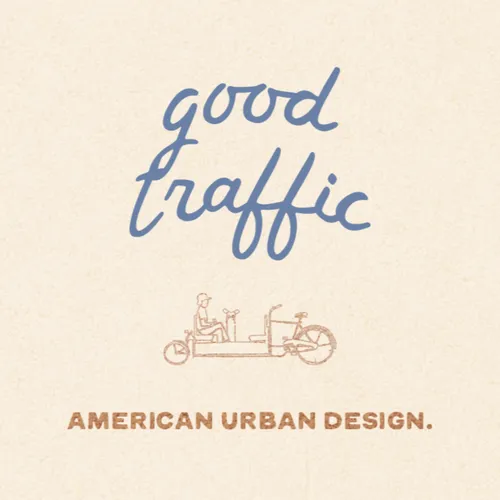37 / Desensitized driving — the lost meaning of speed limits and stop signs.
- Author
- Brad Biehl
- Published
- Wed 29 May 2024
- Episode Link
- https://podcasters.spotify.com/pod/show/goodtraffic/episodes/37--Desensitized-driving--the-lost-meaning-of-speed-limits-and-stop-signs-e2k7rfn
Road signs seem to get read less than a seventh-grade history textbook. Even the most ubiquitous, exact signs like — STOP — are seemingly up for interpretation (everyone is an artist now, or something). Unfortunately, we're not obeying those crafty yard signs that encourage slowing down, either. Signs that give dynamic feedback — thanks to a radar function that feeds a display board — do make an impact, but not enough. Thorough, safer urban design is the way to lower speeds, and thus lower pedestrian and bike fatalities and accidents.
The bottom line: we humans aren't good at judging the proper speed at which to drive. Whatever number is listed, we add nine-ish mph. We need an environment (streets) that demand driver caution, care, and presence.
Also, data to follow up on last week’s Tara Hill Drive conversation. Hint: traffic calming measures work (see links below).
We discuss:
00:00 Slow down: duck crossing.
01:38 Becoming desensitized to pedestrian safety?
02:28 Effectiveness of road signage.
07:31 Dynamic, electronic feedback signs.
10:07 Why we need urban design and traffic calming infrastructure.
10:59 Data on speed and fatalities on U.S. roads.
16:59 Case study follow up (from last week): traffic calming in Dublin, Ohio.
23:47 The new studio, soon.
25:57 Wrapping up.
For context:
On street sign design (via Behavioral Scientist).
On the chance of being killed by a car, correlated with vehicle speed (via ProPublica).
On the efficacy of radar speed signs (via Radarsign).
NHTSA speed data (via The League of American Bicyclists).
Tara Hill Drive (Dublin, Ohio), BEFORE the traffic calming implementations.
Tara Hill Drive AFTER the traffic calming implementations.
